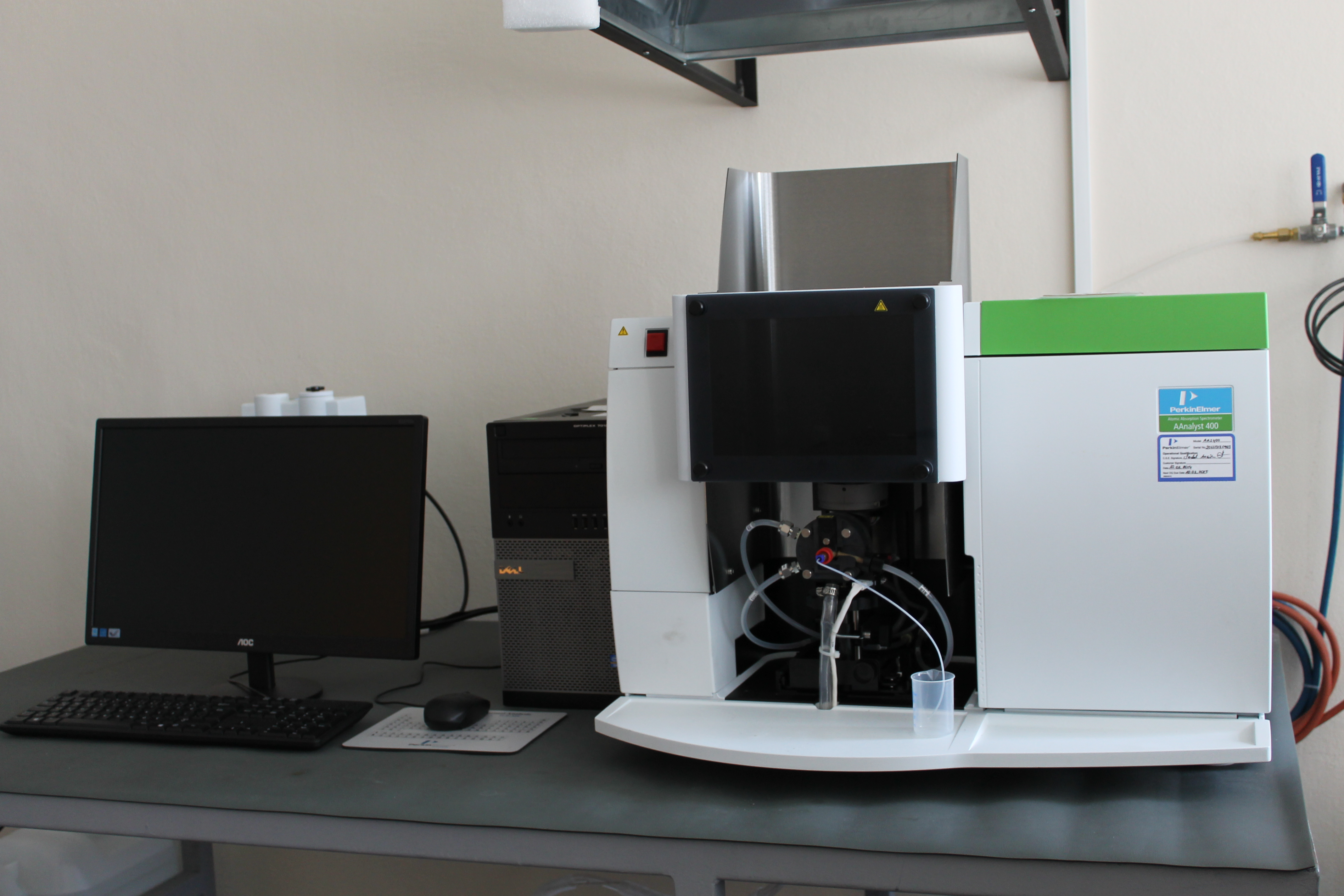 Atomic Absorption Spectrometry (AAS)
Atomic Absorption Spectrometry (AAS)
Atomic Absorption Spectrometry (AAS) is one of the most reliable and easy-to-use quantitative analysis methods for the measurement of elemental concentrations (especially heavy metals) in the ppm or even ppb range. In this method, the characterization is based on the absorption of the energy of the rays obtained using a special radiation source. Using this analysis technique, the elements in the sample to be characterized are ionized using an air/acetylene or nitrogen-oxide/acetylene flame. Under these conditions, the elements are suitable to absorb radiation in a narrow band matching their linear spectrum.
The hollow cathode lamp of the metal to be analyzed is attached to the instrument. The sample to be analyzed is exposed to the beam of light from the source and absorbs the light from the source. In the atoms absorbing the light, the electrons at the ground level pass to unstable excited energy levels. The amount of absorption depends on the number of atoms in the ground state. The amount of light absorbed determines the amount of the element to be determined.